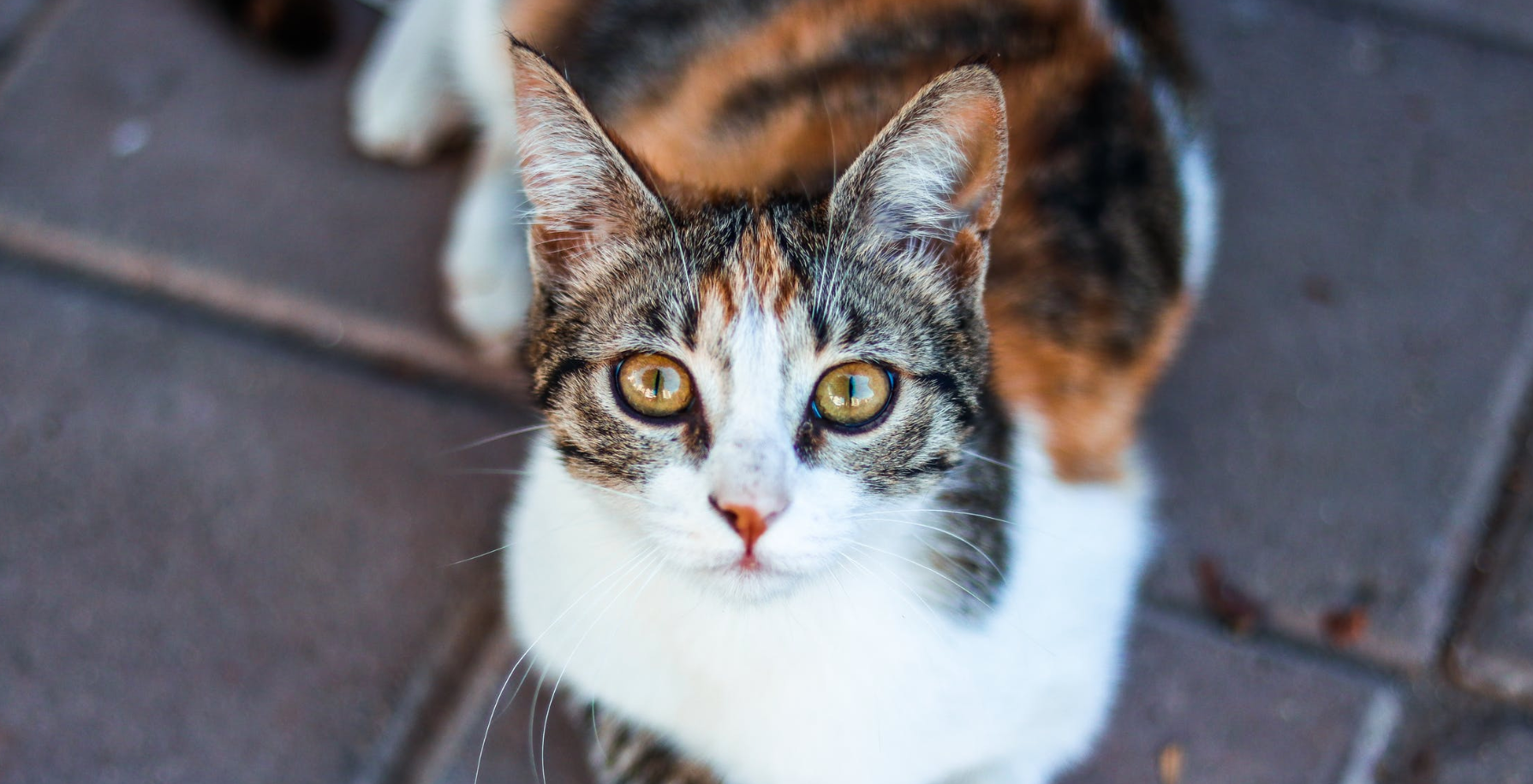How To Spot The Difference Between Calico and Tortie Cats
Calico and tortoiseshell cats are best known for their beautiful multicolored coats of black, orange and white - and their “tortitude”.
Both “calico” and “tortoiseshell” are terms that refer to the color and pattern of a cat’s coat and do not actually refer to the cat’s breed. So a domestic shorthair cat can be a tortoiseshell just as much as a Japanese Bobtail can be a calico cat!
To the untrained eye, these gorgeous mosaic-furred felines can be easily confused for one another.
So, how can you spot the difference between a calico cat and a tortoiseshell cat? Read on!
Tortoiseshell Cats

Tortoiseshell Cats, often called “torties” for short, have a combination of two colors, normally black and orange displaying in a patchwork or mosaic. Their mottled coats are as a result of what genetics call Lyonization.
These colors can come in various shades of dilution, from soft grey to brown, ginger, cream, amber, red, and cinnamon - called dilute torties. A dilute tortie may have blue and cream fur instead of black and orange.
However, tortoiseshell cats have no white at all.
Calico Cats
Calico cats are also referred to as “tricolor” or “tortie-and-white” - and sometimes even "piebald" cats! Why? Because calico cats have the same black and orange color as a tortoiseshell cat - but with white, too!

This is the main difference between a calico cat and a tortoiseshell cat. And it all comes down to genetics. Calico cats have an additional genetic condition at work called "piebalding" in which white (i.e. unpigmented) skin and fur is expressed. These patches of white may be rather small and interwoven, or relatively large and cover almost the entire body.
Even a cat with mottled tortoiseshell patches will be considered a calico if she has significant amounts of white in her coloring thanks to her genetics!
Like torties, calico cats can also come in dilutes.
 A dilute calico with cute pink toe beans.
A dilute calico with cute pink toe beans.
"Torbie" or Tortoiseshell Tabbies
You may have heard the term “torbie” being tossed around, too. Torbie is short for “tortoiseshell tabby”, and is a patched tabby, or one with brown tabby patterns instead of black fur.

Did you know that almost ALL calico and tortie cats are born female? Male tortoiseshell or calico cats are possible, but extremely rare. The allele that determines tortoiseshell expression is carried on the X chromosome, of which females have two (XX), one expressing orange and one expressing black, simultaneously.
Males only have one X chromosome (XY), and the allele is not carried on the Y chromosome - so they are normally either all orange, or all black. Rarely, a male can inherit two X chromosomes along with the Y chromosome (XXY), which would then undergo Lyonization just as in a female cat. This is known as Klinefelter Syndrome, which renders the cat sterile and can cause cognitive and developmental issues as well as other medical difficulties.
Updated 4/21/23
Sources: bio.miami.edu/dana/dox/calico.html, https://letstalkscience.ca/educational-resources/stem-in-context/science-behind-calico-cats-colours

















I know its a tortie but under breeds it dont show up and im trying to get a quote on some insurance and when it ask for breed type i put it in and it keeps saying type in cat breed.
Our Mocha looks exactly like a Tortie until you see the very tip of her tail, which has a spot of White. Although she looks like a Tortie, that white makes her a Calico!
I have only just discovered that calicos are mainly female. This stray calico cat has adopted our home, and recently presented us with 4 kittens. 3 calicos and one tortiseshell calico … And of the four, only one is female!
I still call mine a tortie despite the small amount of white on her paws and chest. Her coat is brindled and not in patches like most calicos, and she definitely has the tortitude.
Folks they are either Calico, or Torti, not both. A Torti does not have white period. Please look up info to know you cat better.
Leave a comment